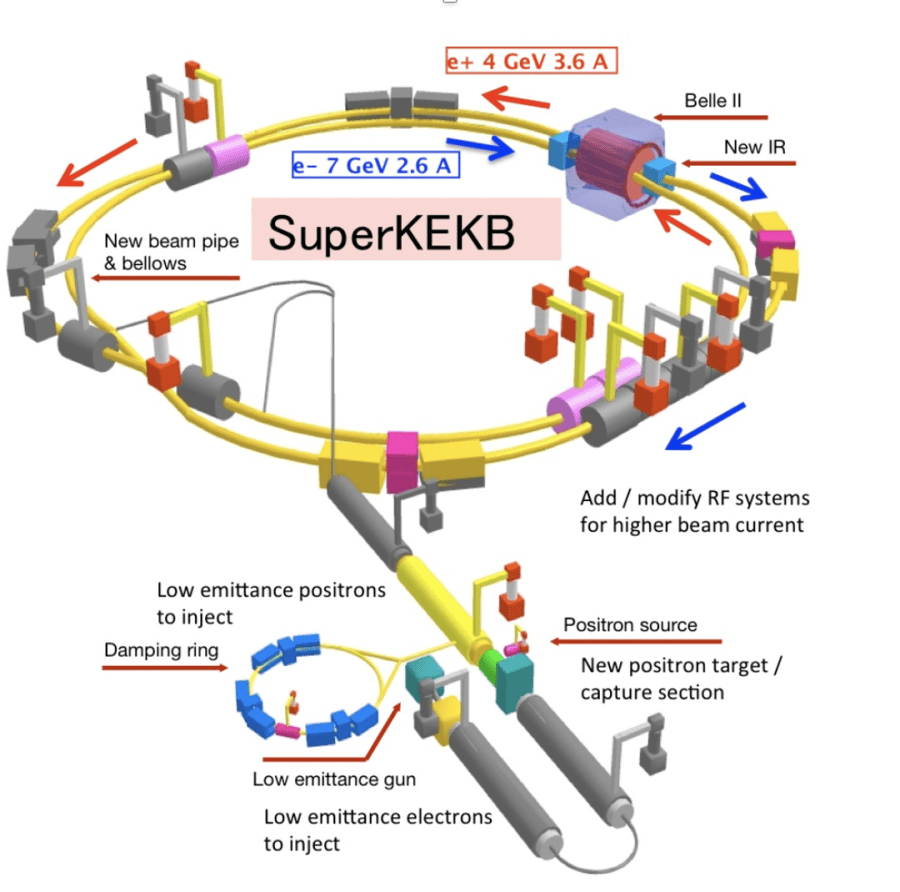
The Strong Coupling Problem in f(T) Teleparallel Gravity
Tyler Cook
When exploring alternative theories of gravity beyond General Relativity, it be- comes evident that the quest for a complete understanding of gravity has led physicists to scrutinize various frameworks. The limitations of General Rela- tivity, despite its success, prompt a diverse array of theoretical investigations. These alternative theories not only challenge the classical paradigm but also of- fer nuanced perspectives on the fundamental workings of gravity. One of these alternative theories, teleparallel gravity, stands out for its departure from the curvature-based methodology, opting instead to characterize spacetime dynam- ics through torsion. This unique approach has ignited interest and spurred an active examination of its potential contributions to our comprehension of the universe’s fundamental forces. However, as with any innovative theoretical framework, teleparallel gravity encounters its own set of challenges, and among them, the Strong Coupling Problem emerges as a focal point requiring in-depth exploration. The strong coupling problem is a problem that emerges from using perturbative methods in f(T) gravity. In the simplest case of TEGR, there is no strong coupling problem, however, when TEGR is generalized to an arbitrary function of the torsion scalar, researchers have claimed that the resulting theory suffers from a strong coupling problem. A better understanding of the Strong Coupling Problem in f(T) gravity is essential for establishing the viability and consistency of this modified framework and enhancing our understanding of gravitational interactions. This talk will give an overview of the problems as well as explore their origins and implications.
Accounting for the Asymmetry: Boost Vector Measurement in Experiment 26 Data Sets by Belle II Detector
Evan Hunt
Belle II, an international collaboration, is a high-energy physics experiment that uses the SuperKEKB collider at KEK in Tsukuba, Japan. SuperKEKB is an electron-positron collider that acts as a B-meson factory to investigate physics beyond the Standard Model (SM) and the precision measurement of the SM parameters. An asymmetric beam of 7 GeV electrons and 4 GeV positrons circulates in opposite directions, colliding at the centre-of-mass (COM) of Upsilon (4S) resonance. A consequence of the asymmetry is a discrepancy between the frame of reference in the laboratory and that of the centre-of-mass, which is moved relativistically in the collision. A Lorentz boost vector must be introduced to account for this for the sake of performing physics analysis. The goal of this research is to create a way to improve upon the boost vector values of the most recent run of the Belle II project, experiment 26.

